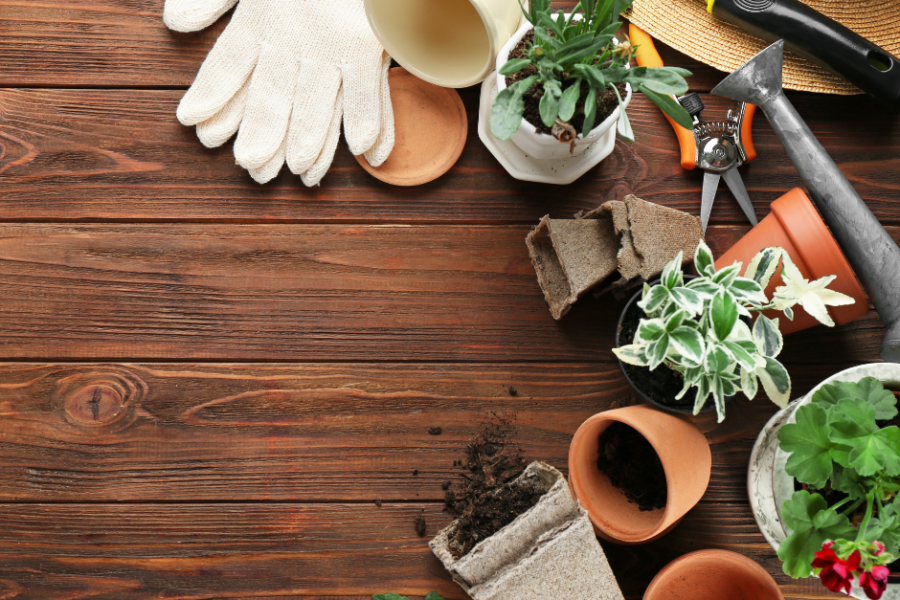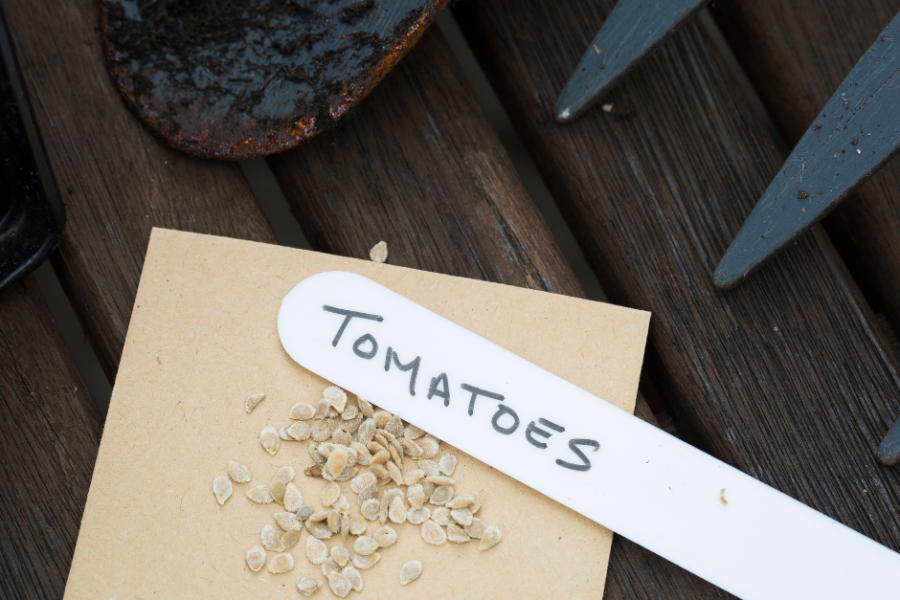Understanding how to care for your seeds post-sowing is pivotal for optimal growth.
Light: Position your seedlings in a location with bright, indirect sunlight. Ideally, provide 12 to 16 hours of daily light for optimal growth. If natural light is insufficient, utilize grow lights—LED or wide spectrum fluorescent—positioned several inches above the seedlings and adjusted as they grow.
Water: Maintaining even soil moisture during germination is crucial. Utilize a spray bottle for gentle watering to avoid displacing soil or seeds. For deeper trays, place a water-filled tray beneath to allow absorption. Regularly assess soil moisture by probing about 1 inch into the mix and water when dry to the touch.
Humidity: Maintain a consistent room temperature of around 21 degrees Celsius/70 degrees Fahrenheit, as many seedlings prefer. Preserve humidity by covering seed containers with a plastic dome or wrap until seedlings emerge. Gradually decrease humidity by removing the cover post-sprouting to acclimate seedlings to lower levels.
Fertilization: Once seedlings develop their first true leaves, typically a few weeks post-germination, commence feeding with a diluted, balanced, water-soluble fertilizer. Adhere to package instructions for the recommended dilution to prevent overfeeding, which can lead to undesirable growth.
Transplanting Seedlings Outdoors: When seedlings attain robust growth and possess at least two sets of true leaves, they’re ready for transplantation into larger containers or the garden. However, prior to transplantation, acclimatize them to outdoor conditions through hardening off. Begin by exposing them to filtered light outdoors for short intervals, gradually increasing exposure duration. Within days, they’ll be primed for their permanent outdoor abode.




